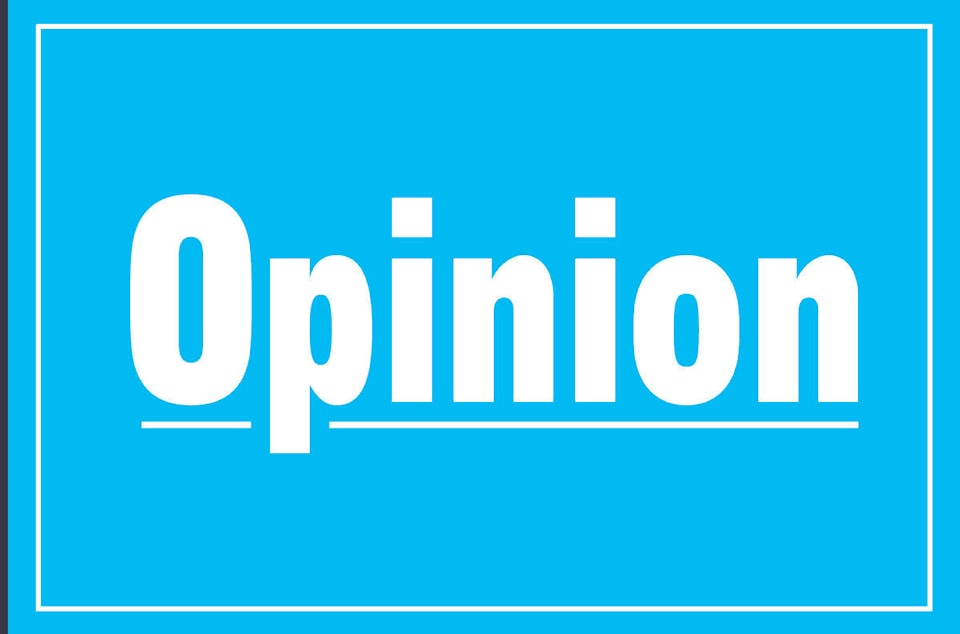“It’s not just a matter of potency, it’s a matter of the breadth of what you can cover.” –Dr. Anthony Fauci, White House COVID-19 Response Team in the U.S.
Fauci added that the “optimum approach” was to get as many people as possible their first dose of vaccine while also ensuring that people get their second dose on time. Otherwise, you could be “inadvertently selecting for more mutants.”
How long must most Canadians continue to wait up to four months between COVID-19 vaccine doses?
For a multitude of reasons, our vaccine supply has been poor, so that at one point our vaccination rate was 64th in the world. At first, Health Canada recommended that manufacturers’ instructions be followed, namely 19-21 days between doses for Pfizer-BioNTech, 21-28 days for Moderna, and 28 days to 12 weeks for AstraZeneca. However, using the political justification that it was preferable to immunize two persons partially rather than one person fully, the National Advisory Committee on Immunizations urged that the interval between doses be increased to four months. Canada may be the only country to endorse this.
The immunization rate varies widely. For all of Canada, as of April 3, only 13.34 per cent had received one dose and 1.88 per cent had received two. By province, at least one dose of vaccine was given to 13.58 per cent in Alberta, 15.63 per cent in British Columbia, 10.72 per cent in Manitoba, 14.74 per cent in Ontario, 17.78 per cent in Quebec, and only 8.56 per cent in Nova Scotia.
However, at least one dose had been administered to 55.68 per cent of persons in the Yukon and 53.37 per cent in the NWT. In fact, some 70 per cent of eligible residents of Whitehorse had received one dose and 30 per cent had received two.
Ottawa and the provinces are now asking their physicians, nurses, and pharmacists to support “off-label” use of vaccines when attempting to protect our health colleagues, essential workers, and our older and vulnerable patients.
Conservative health critic Michelle Rempel Garner asked NACI chair Dr. Caroline Quach-Thanh, “Would you have made that recommendation if there had been more supply?” She replied, “Of course not.”
Dr. Mona Nemer, Chief Science Advisor of Canada, has stated, “I’m not aware of data showing there is efficacy beyond two months of the first dose.” She termed this a “population level experiment.”
Of note is that Pfizer was not consulted before the NACI recommendation. Pfizer Canada president Cole Pinnow asserted that this advice goes against Pfizer’s guidance for optimal, safe, and effective use of the drug, and that it “creates concern, confusion, and potentially, hesitancy.”
Several overseas studies suggest that a single dose of the vaccines may not offer as much protection as hoped for to the elderly, cancer patients, and transplant recipients.
The Canadian Medical Protective Association, the organization that defends MDs in cases of malpractice, defines “off-label” as “prescribing different dosages or frequencies, lengthening or shortening the duration of treatments, or using different routes of administration than indicated on the drug label.” In order to minimize the risk of liability, the CMPA recommends that one “consider if there is sufficient support from the medical literature (eg guidelines from medical specialty organizations) for the off-label use of the medication or product.”)
Consider an analogy: If a cancer specialist were to dramatically alter an accepted chemotherapy regimen and a patient suffered severe adverse effects, how would the CMPA defend him/her?
Most essential workers across Canada despite having the highest rate of COVID-19 infection and the lowest of vaccination, still lack paid sick benefits, and the federal Canada Recovery Sickness Benefit is an inadequate substitute.
For over a year, older nurses and physicians have been encouraged to assist in the pandemic. Sadly, if they are forced into quarantine or contract COVID-19, they are financially unprotected by governments for over a year in in Alberta and Ontario, and for several months in Nova Scotia. Moreover, most health workers in Southern Canada must wait four months between vaccine doses. This is hardly a way to treat our “health-care heroes”.
Ottawa and the provincial and territorial ministers of health should promptly reverse their decision to prolong the interval between first and second vaccine doses to four months, at least for health and other essential workers, older persons, patients with underlying chronic medical conditions, First Nations people, and those living in crowded, multi-generational homes.
Prime Minister Justin Trudeau has promised that one million vaccine doses per week during April and May will be delivered to Canada. If this is true, it should be feasible to reduce or eliminate the four-month delay between first and second doses for most of these high-risk persons.
Ottawa physician Dr. Charles S. Shaver was born in Montreal. He is past-chair of the Section on General Internal Medicine of the Ontario Medical Association.
